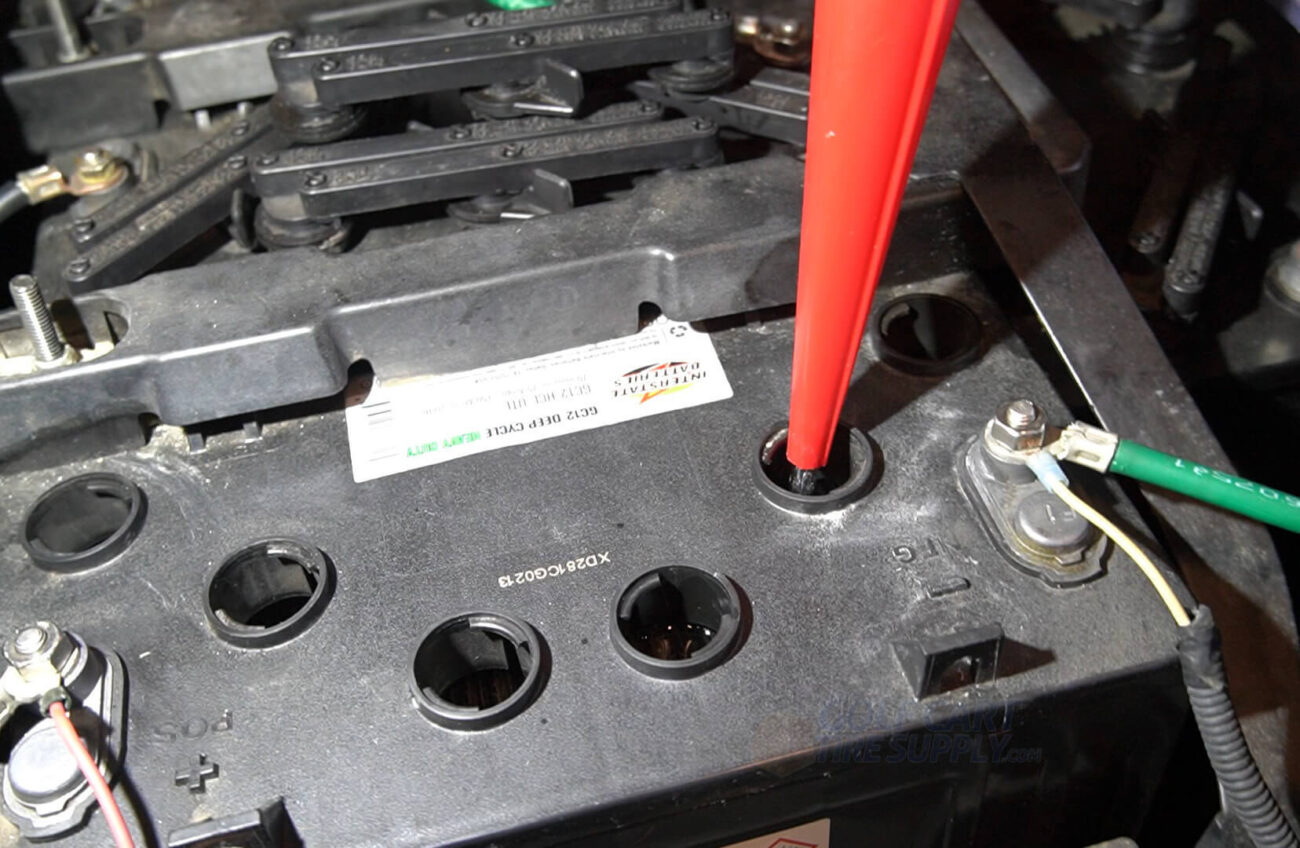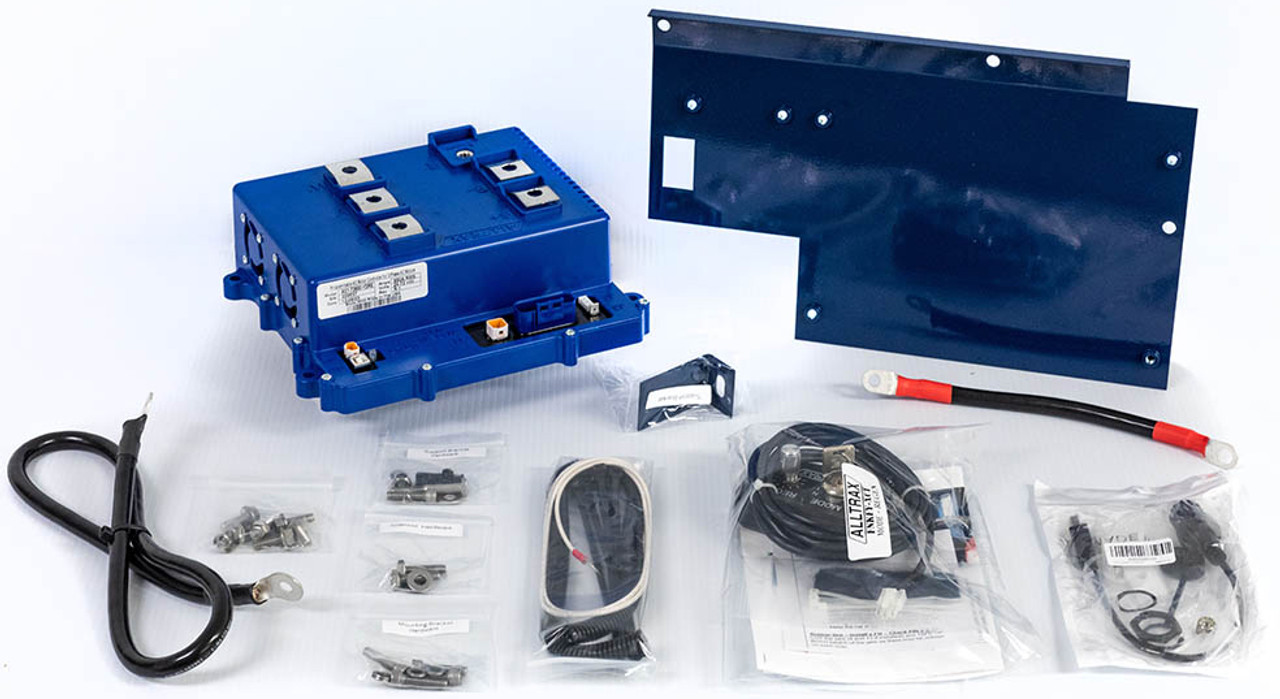
Converting a Side-by-Side to a Low-Speed Vehicle: A Step-by-Step Guide
If you own a side-by-side vehicle and are wondering how to convert it to a low-speed vehicle (LSV), this guide will walk you through the necessary steps. From understanding the laws to installing safety features, we cover everything you need to know about making your side-by-side vehicle street legal.
What is a Side-by-Side Vehicle?
A side-by-side vehicle, often referred to as a UTV (Utility Task Vehicle) or ROV (Recreational Off-Highway Vehicle), is a motorized off-road vehicle designed for carrying passengers side by side. These vehicles are typically used for off-road adventures, utility tasks, farming, and recreational purposes. They come in various sizes and configurations, with many offering high ground clearance, powerful engines, and rugged suspension systems suitable for rough terrains.
Side-by-side vehicles are typically not street legal and are built for off-road use. However, some owners choose to modify their side-by-sides for use on public roads by converting them into low-speed vehicles (LSVs), provided they meet specific requirements set by local laws.
What is a Low-Speed Vehicle (LSV)?
A Low-Speed Vehicle (LSV) is a type of vehicle that is designed to operate at speeds no greater than 25 miles per hour and can be legally driven on certain roads. These vehicles must meet specific federal safety standards and are usually allowed to be used on roads with a speed limit of 35 mph or lower. LSVs are often used in residential areas, gated communities, resorts, and retirement communities, where they provide a convenient and eco-friendly mode of transportation.
Examples of LSVs include electric golf carts, neighborhood electric vehicles, and modified side-by-side vehicles that have been converted to meet the legal standards for low-speed use on public roads.
Steps to Convert a Side-by-Side to a Low-Speed Vehicle
Converting a side-by-side to an LSV involves several steps to ensure it complies with local regulations and safety standards. Here are the key steps to follow:
1. Research Local Regulations
The first step in converting your side-by-side vehicle to a low-speed vehicle is to research local regulations. Each state or region may have different laws regarding the use of LSVs on public roads. Some jurisdictions may allow you to drive a modified side-by-side on specific roads or within certain speed limits, while others may have stricter rules that require a series of modifications.
Check with your local Department of Motor Vehicles (DMV) or equivalent authority to understand the legal requirements for LSVs in your area. Make sure to inquire about road usage restrictions, necessary modifications, and any additional paperwork or registration requirements.
2. Install Necessary Safety Features
To meet the safety standards for LSVs, your side-by-side will need to be equipped with certain features. These features are essential for protecting you and your passengers while driving on public roads. Here are some key safety modifications:
- Seat Belts: Installing seat belts is a crucial safety requirement for any low-speed vehicle. These belts are necessary to keep passengers secure, especially in the event of sudden stops or collisions.
- Headlights and Taillights: Proper lighting is required to ensure visibility, particularly at night or in low-light conditions. Your side-by-side will need to have functional headlights, taillights, and turn signals.
- Brake Lights: In addition to taillights, brake lights are required to signal when the vehicle is slowing down or stopping.
- Rearview Mirror: A rearview mirror is necessary to allow the driver to monitor traffic and ensure a safe driving environment.
- Windshield: Some regions require a windshield for added protection from debris and weather conditions while driving on the road.
- Reflectors: Reflectors are essential for making your vehicle more visible to other drivers, especially at night.
3. Install a Speed Limiter
Since low-speed vehicles are limited to a maximum speed of 25 mph, your side-by-side must be equipped with a speed limiter. This device restricts the maximum speed to comply with legal requirements for LSVs. The installation of a speed limiter ensures that your vehicle cannot exceed the speed limit and keeps you in compliance with local laws.
4. Obtain a Vehicle Identification Number (VIN)
For your converted side-by-side to be recognized as a legal low-speed vehicle, it must have a Vehicle Identification Number (VIN). This VIN is used for registration and identification purposes, and it is required to track the vehicle for legal and safety standards.
If your side-by-side does not already have a VIN, you will need to apply for one through your local DMV or motor vehicle authority. This process usually involves providing documentation and proof of the modifications made to the vehicle.
5. Complete the Paperwork and Registration
Once your side-by-side meets all the necessary safety and speed requirements, you will need to complete the paperwork to register it as a low-speed vehicle. This will typically involve submitting proof of the modifications made to the vehicle, such as installation of safety features and speed limiters, as well as paying any associated registration fees.
After registration, your side-by-side will receive a title and registration that allows you to legally operate it on public roads. Be sure to check with your local authorities to ensure that you have completed all required documentation.
6. Purchase Insurance
Like any other motor vehicle, low-speed vehicles require insurance coverage. You will need to obtain insurance that meets the legal requirements for LSVs in your area. Insurance for low-speed vehicles typically includes liability coverage, which protects you in the event of an accident.
Contact your insurance provider to discuss the specifics of coverage for your modified side-by-side. Some insurers may offer policies specifically tailored to LSVs, so be sure to inquire about the best options for your vehicle.
Conclusion
Converting a side-by-side to a low-speed vehicle is a great way to enjoy the versatility of your vehicle on public roads. By following the necessary steps—researching local laws, installing required safety features, limiting speed, obtaining a VIN, registering your vehicle, and purchasing insurance—you can legally operate your side-by-side as an LSV. Always ensure that you adhere to local regulations and safety standards to make the most of your modified vehicle.
If you’re considering a conversion for your side-by-side vehicle, be sure to consult with authorized dealers or local authorities for guidance on modifications and legal requirements.





Add a review
Your email address will not be published. Required fields are marked *